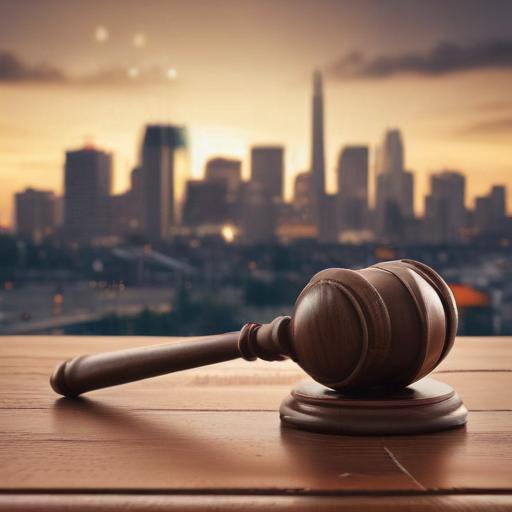President Donald Trump has signed an executive order aimed at facilitating the removal of homeless individuals from public spaces. This directive instructs Attorney General Pam Bondi to work on overturning judicial precedents that currently limit local governments’ ability to relocate homeless people. Additionally, the order aims to redirect federal resources to assist those affected by homelessness into rehabilitation and substance abuse treatment facilities.
The order further mandates collaboration with various secretaries, including Health and Human Services, Housing and Urban Development, and Transportation, to expedite federal funding for states and municipalities that enforce measures against “open illicit drug use, urban camping, loitering, and urban squatting,” along with tracking sex offenders’ locations.
During a press briefing, White House press secretary Karoline Leavitt characterized the executive order as part of Trump’s commitment to alleviating homelessness nationwide. “By removing vagrant criminals from our streets and redirecting resources toward substance abuse programs, the Trump Administration will ensure that Americans feel safe in their own communities,” Leavitt stated.
However, the order has drawn sharp criticism from homelessness advocates, who argue that it may worsen the situation. Donald Whitehead, executive director of the National Coalition for the Homeless, stated that the approach is punitive and ignores evidence-based practices that have historically proven effective in addressing homelessness. Similarly, the National Homelessness Law Center expressed that the order infringes upon basic rights and complicates efforts to tackle homelessness by promoting increased police action and institutionalization over supportive housing options.
Notably, this executive action follows a Supreme Court ruling where justices upheld an Oregon city’s authority to ticket individuals for sleeping outside, marking a significant moment in the ongoing national discourse around homelessness and city ordinances. The ruling highlighted a growing tension among city officials managing rising homelessness rates across the country, which recently reached unprecedented levels. According to the Department of Housing and Urban Development, more than 770,000 people faced homelessness in 2024, marking an 18% increase from the previous year and the highest count recorded since HUD began documenting the issue in 2007.
Trump’s commitment to addressing homelessness has been a focal point in his political rhetoric, emphasizing the need to remove encampments from urban areas. As the situation continues to evolve, many are left wondering whether aggressive measures that prioritize enforcement over support will indeed create the positive change needed for those experiencing homelessness.
The ongoing discussion emphasizes the importance of balancing public safety concerns with humane treatment and support for vulnerable populations. There remains hope that new strategies can be developed that both address the visible signs of homelessness while providing the necessary support to help individuals reintegrate into society.
